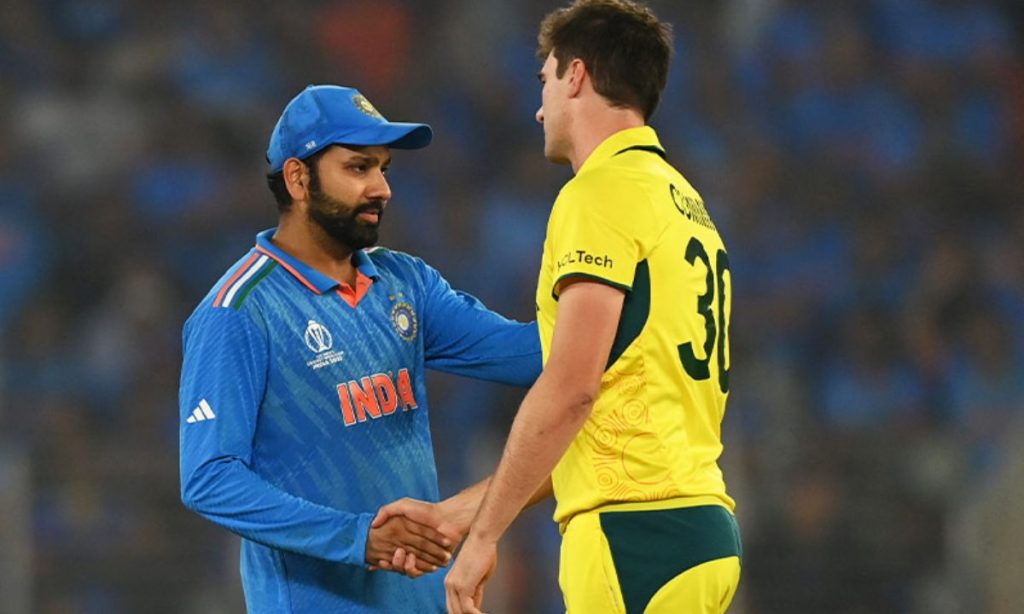As the highly anticipated India vs Australia series approaches, an unexpected yet intriguing storyline has emerged — Australia’s “no handshake” policy. The decision, intended as a precautionary health and psychological strategy, has become a talking point both on and off the field. While the move underscores Australia’s intent to maintain focus and discipline, it’s the light-hearted responses from Mitchell Marsh and Glenn Maxwell that have added humor and camaraderie to the buildup.
The “no handshake” stance was first hinted at during team briefings, with the Australian management emphasizing minimal physical contact during the tour. While the policy is not entirely new — similar practices were seen during earlier tours amid health concerns and intense series — it has taken on symbolic significance this time around. Against India, one of the most formidable and mentally resilient sides in world cricket, the gesture (or lack thereof) is seen as both a health precaution and a subtle psychological tactic.
Australian skipper Pat Cummins reportedly supported the idea, emphasizing team unity and focus over social gestures. “It’s not about disrespect,” he noted in a team meeting, “it’s about staying sharp, staying connected as a group, and keeping our routines intact.” The team believes such measures can help maintain consistency, reduce distractions, and emphasize professionalism.
However, not everyone in the squad is treating the policy with complete seriousness. Star all-rounders Mitchell Marsh and Glenn Maxwell have found humor in the situation, coming up with playful alternatives to the traditional handshake. In a recent media interaction, Marsh joked, “If we can’t shake hands, maybe we’ll start doing the ‘elbow bump’ or even a cricket bat tap. Whatever it takes to keep the spirit alive!”
Maxwell, never one to miss a chance for some fun, chimed in with his own creative twist: “I’m going with the invisible handshake — just wave your hand in the air and pretend it happened. It’s all about the intent!” His comments drew laughter from teammates and fans alike, showing that even amid serious competition, the Aussies haven’t lost their sense of humor.
The mood in the Australian camp remains light but focused. After a long stretch of competitive cricket, the players are aware that managing mental and physical fatigue is crucial. The “no handshake” policy, while unusual, fits into the broader narrative of the team’s emphasis on well-being and discipline. It also aligns with modern sports psychology, where maintaining boundaries and rituals can reinforce team cohesion.
As for the Indian camp, the policy has reportedly been met with amusement rather than offense. Indian players, known for their own pre-match superstitions and rituals, are said to have taken the decision sportingly. Several Indian cricketers have even joked that if handshakes are off the table, maybe they’ll come up with their own gestures — perhaps a “namaste” or a simple wave.
With both teams in high spirits and the rivalry as fierce as ever, this light-hearted “no handshake” subplot adds a unique flavor to the series. While the cricket will ultimately do the talking, moments like these remind fans that the sport, at its heart, thrives on respect, humor, and human connection — handshake or not.
As Mitchell Marsh aptly summed it up, “We might not shake hands, but there’ll be plenty of competition and plenty of smiles. That’s what cricket’s all about.”

